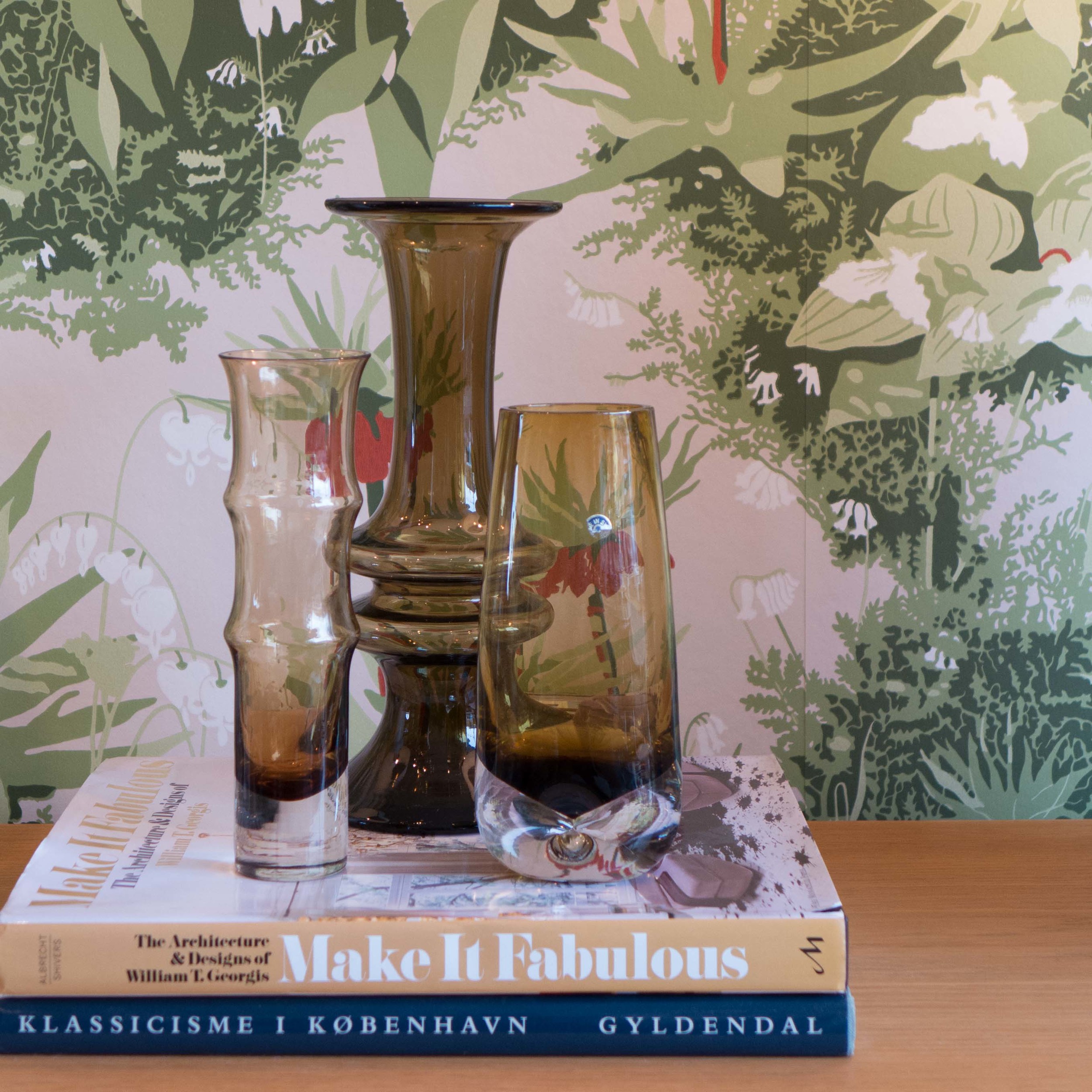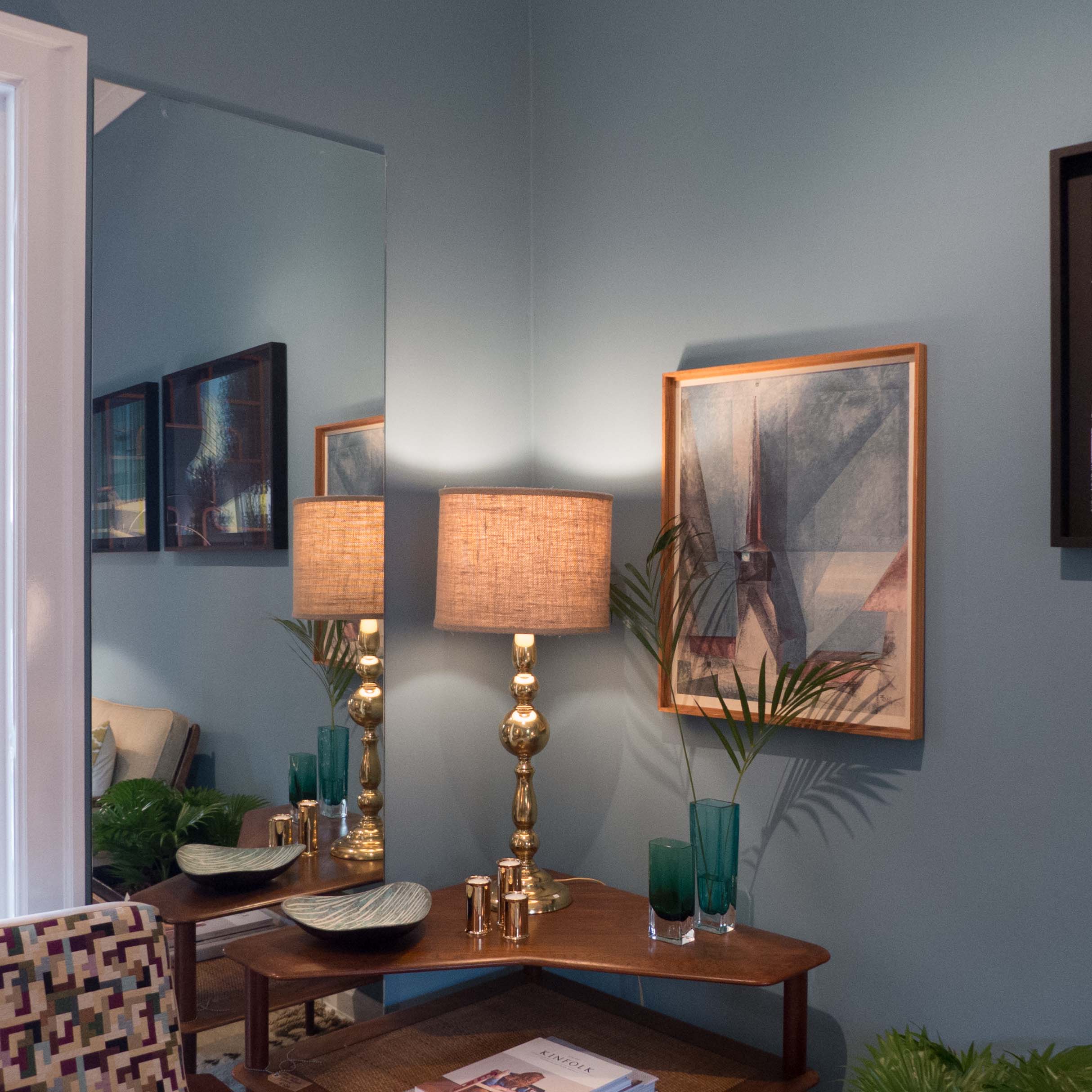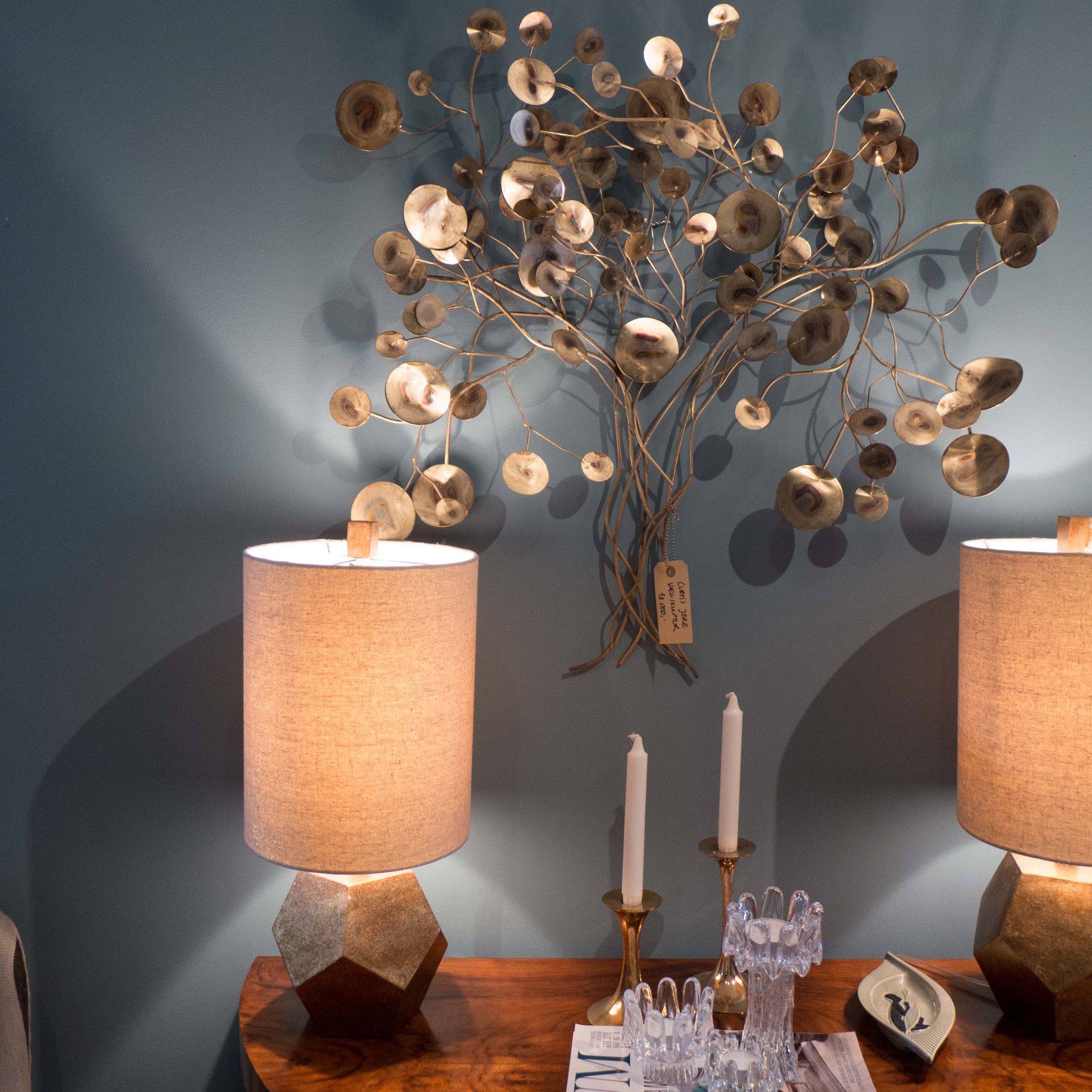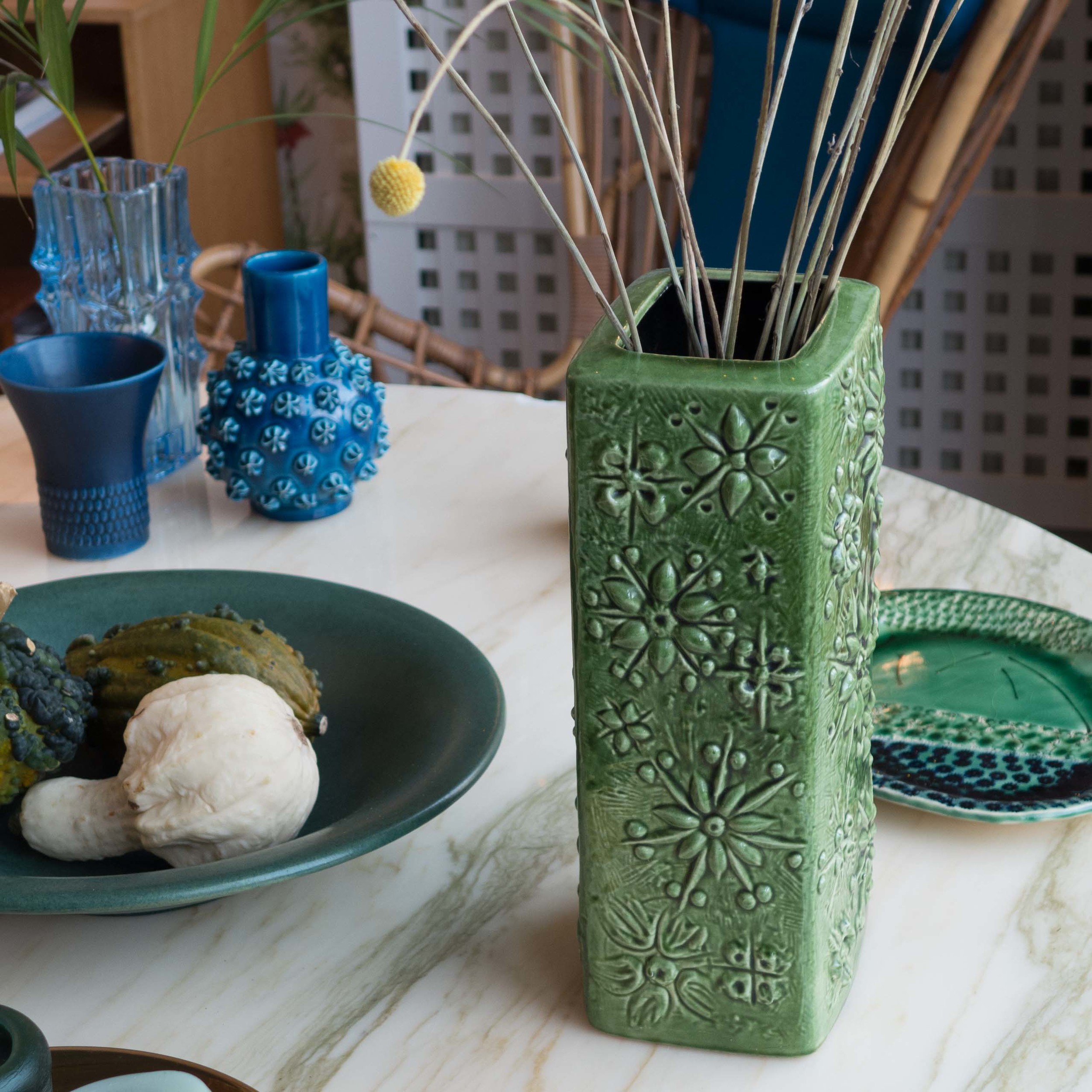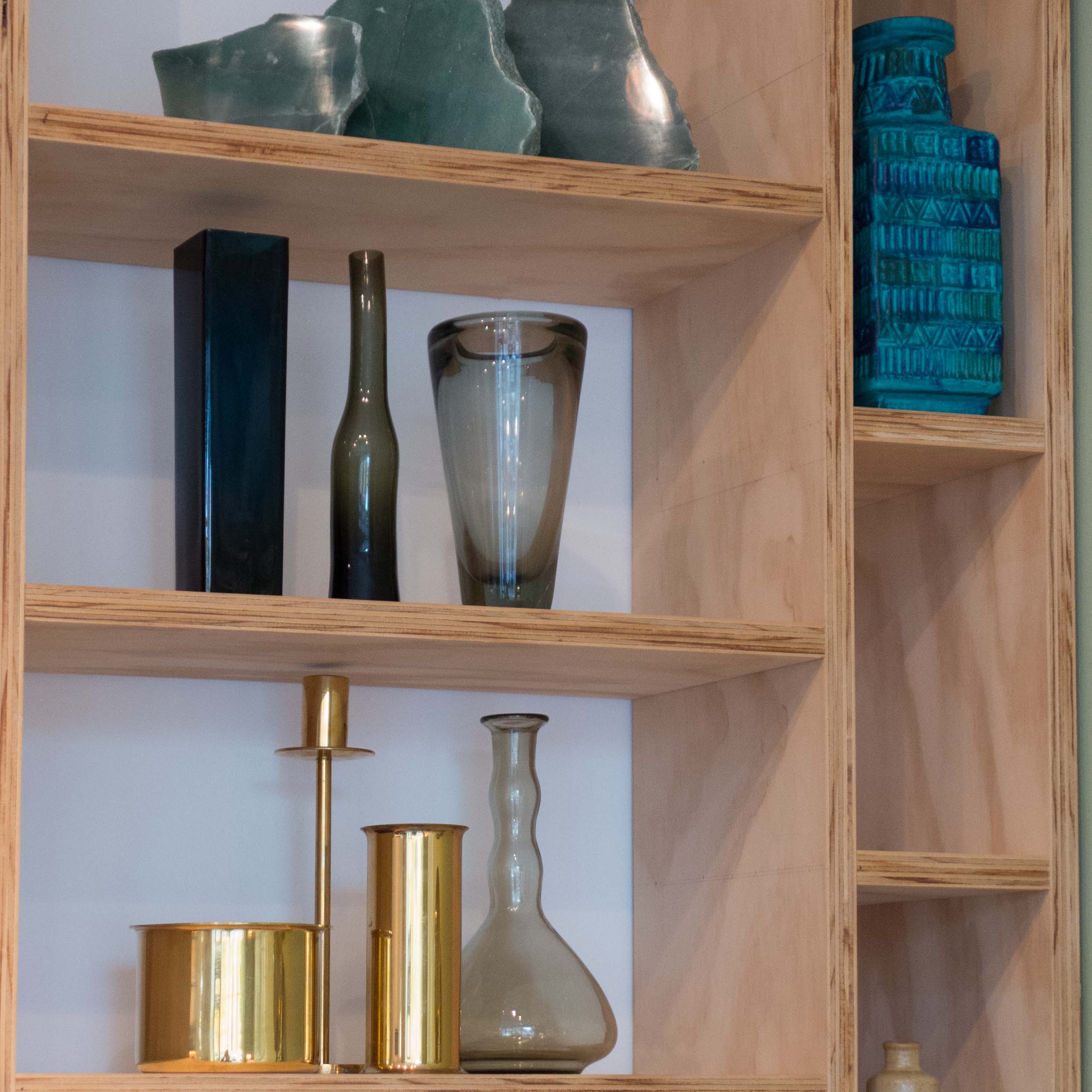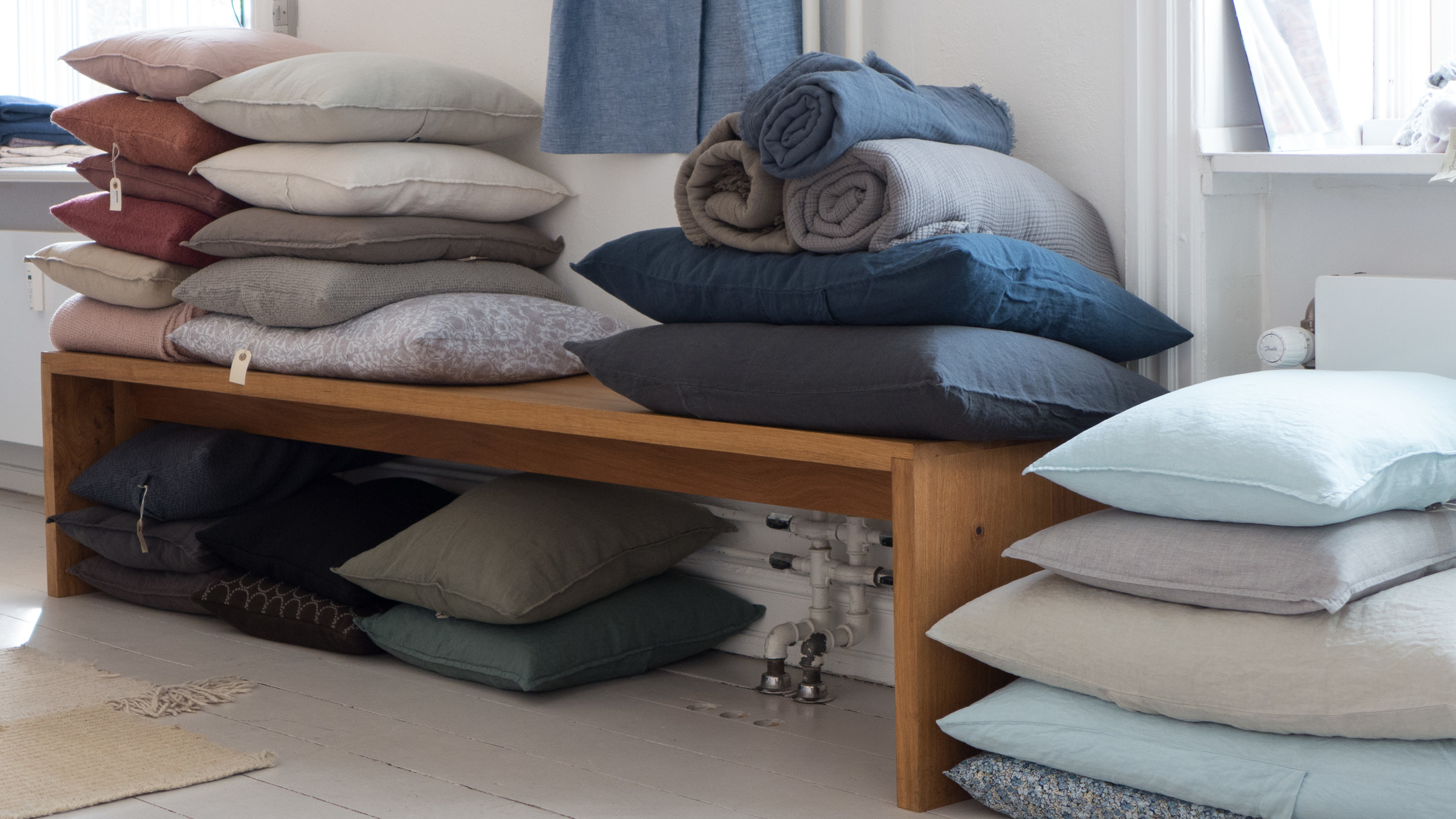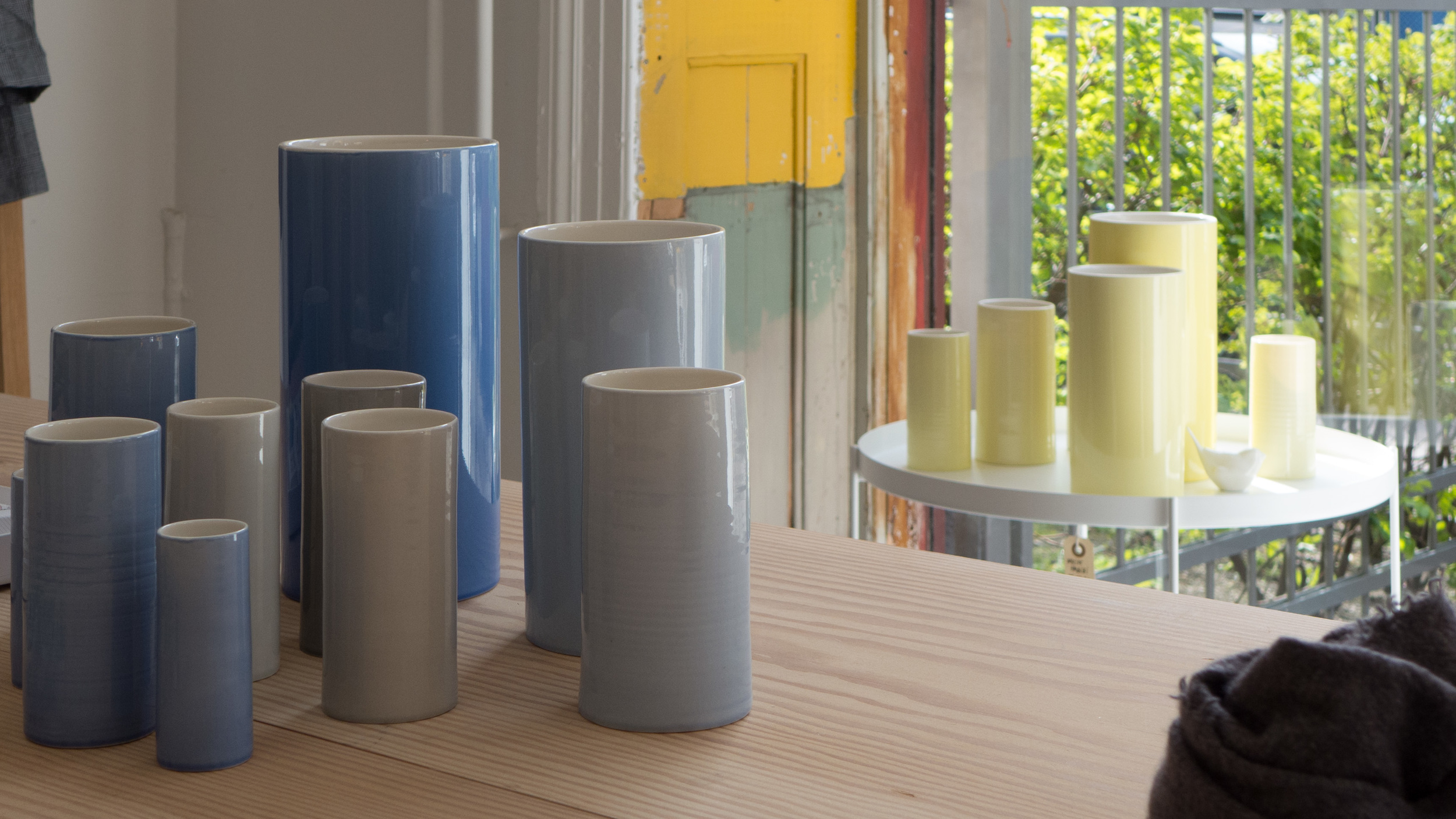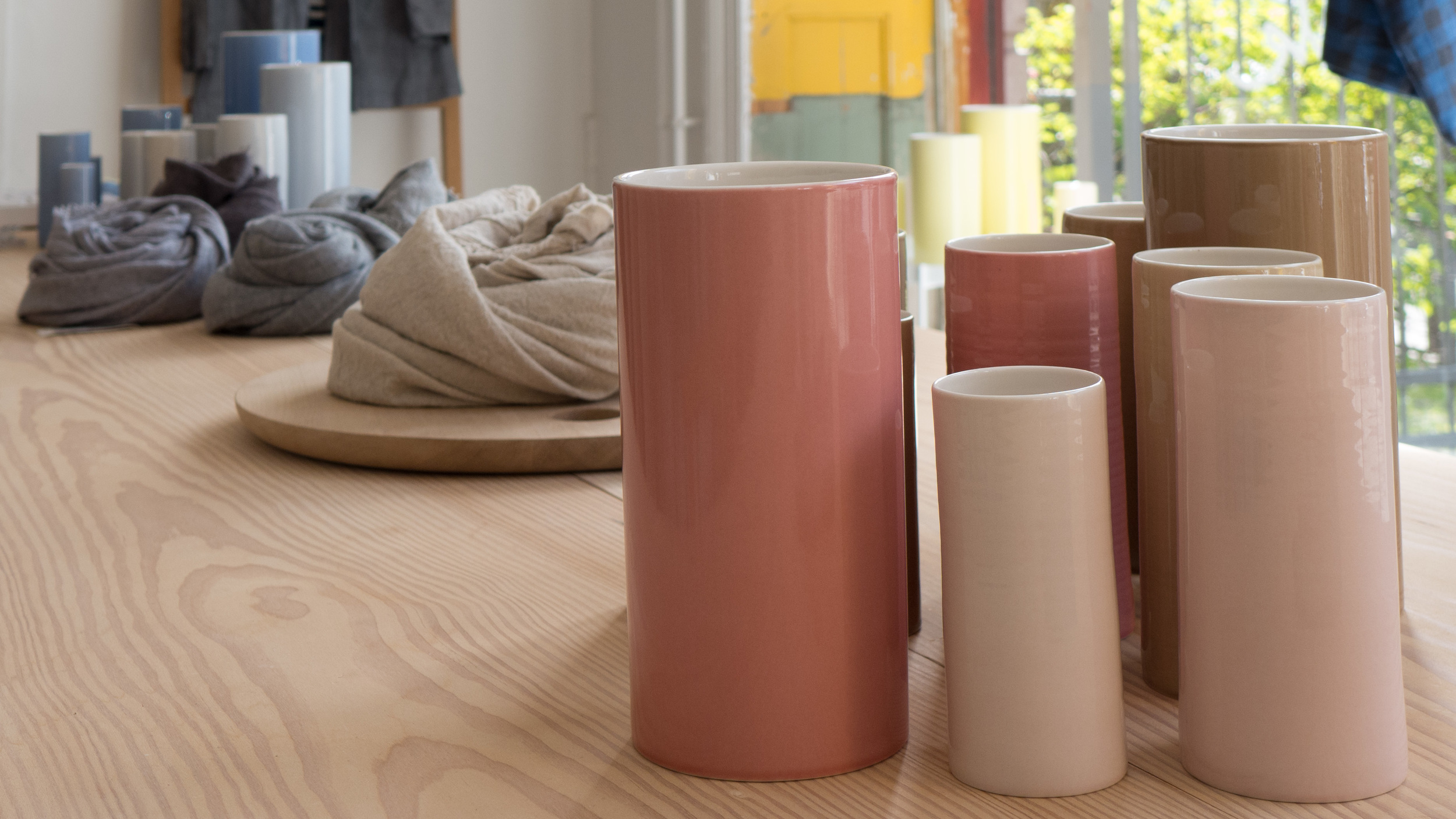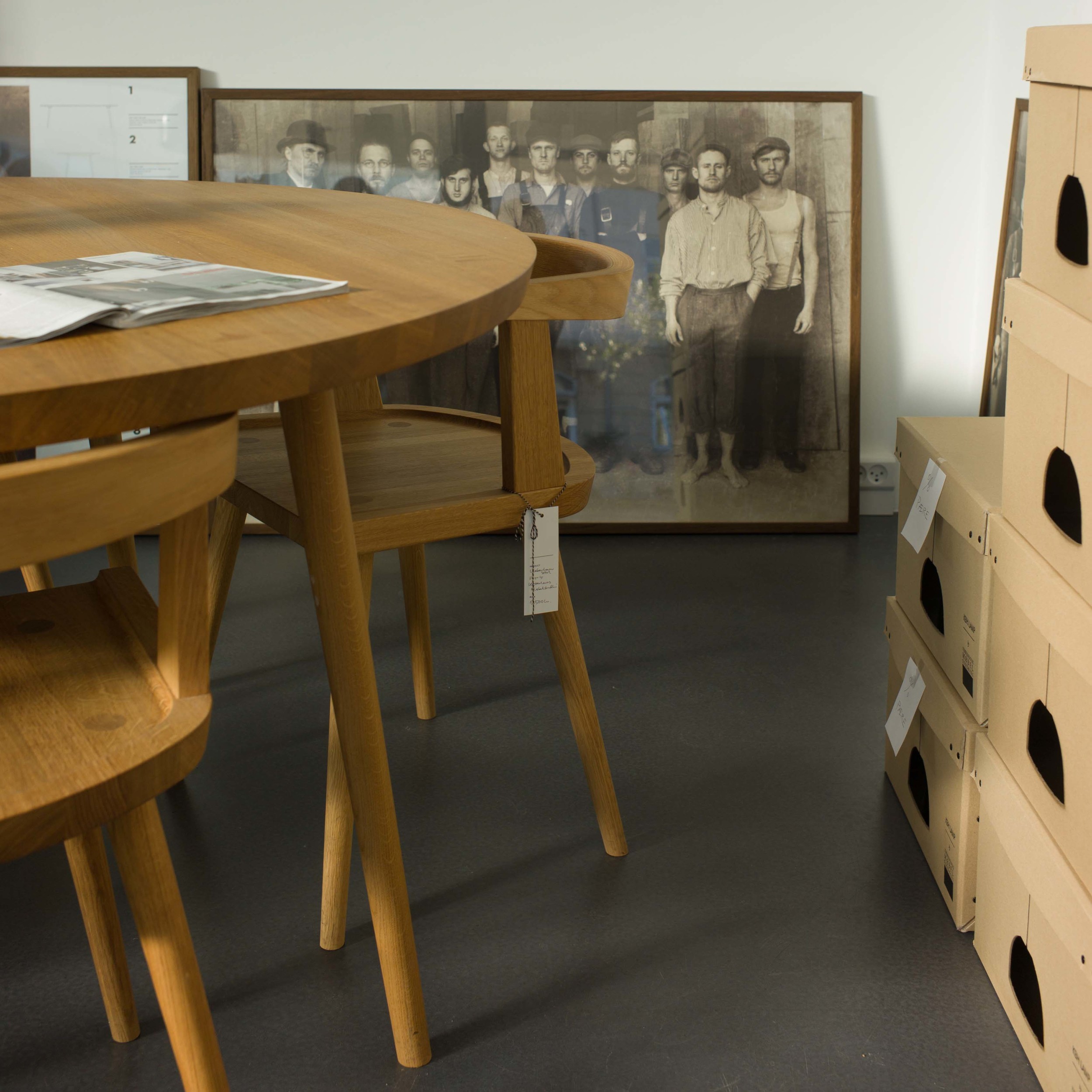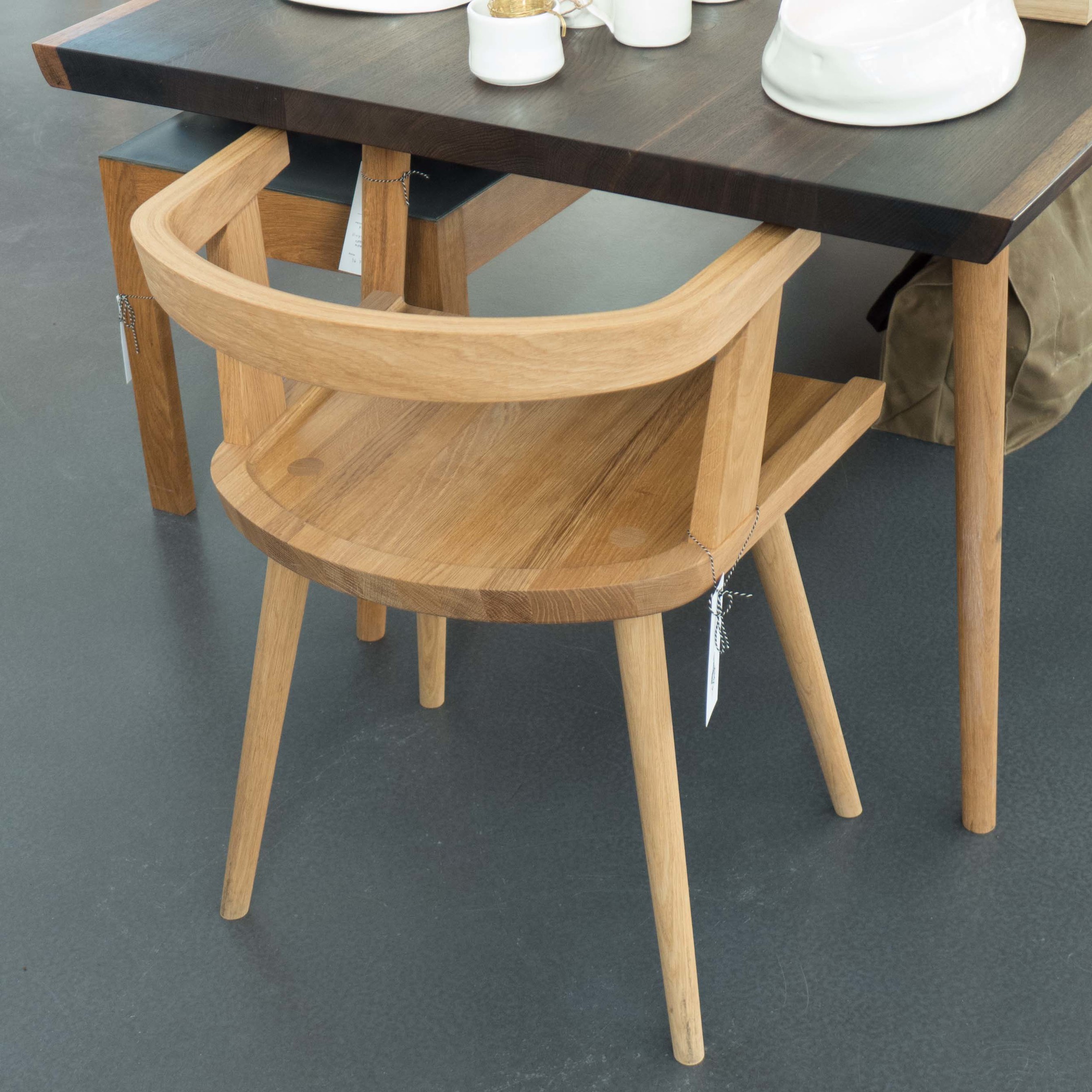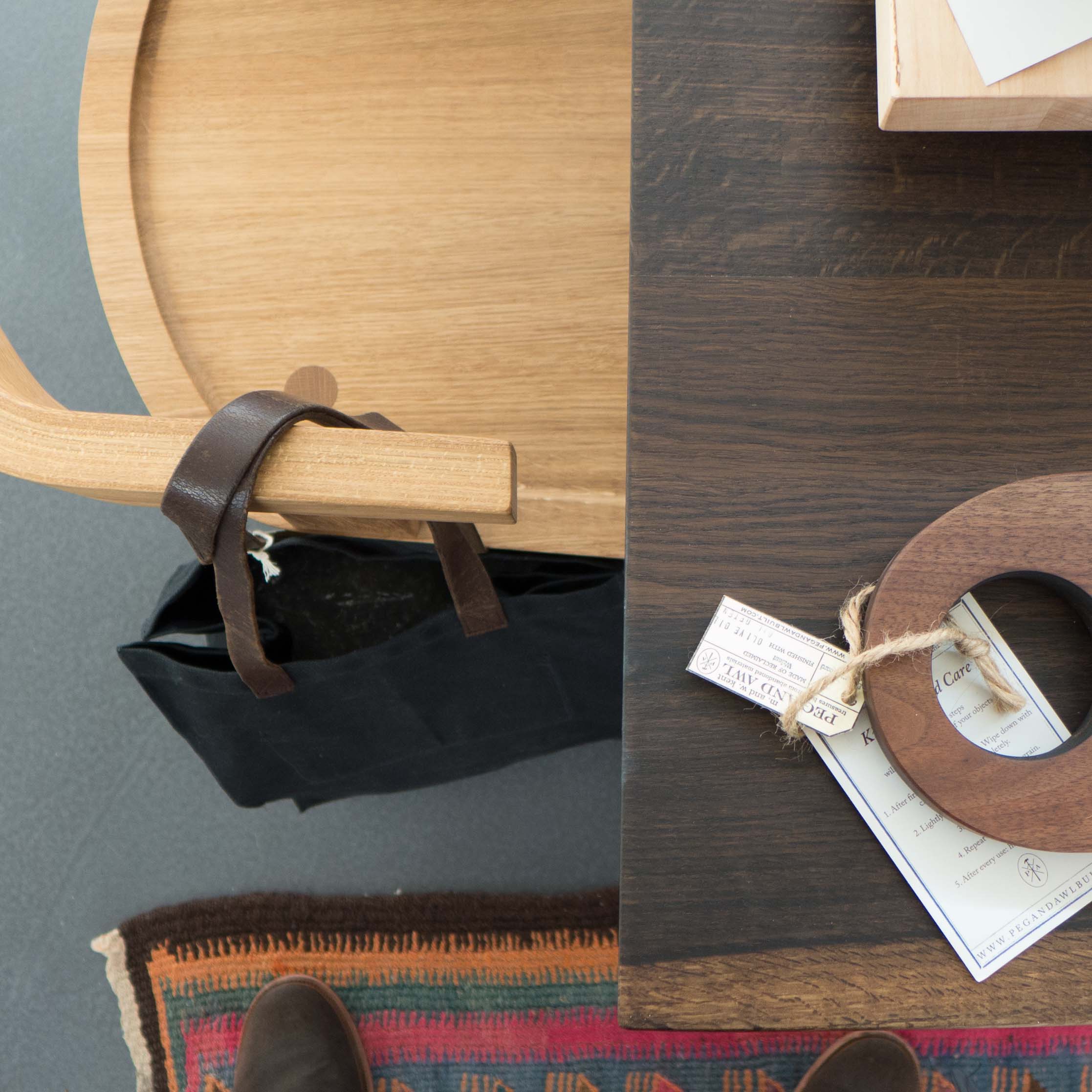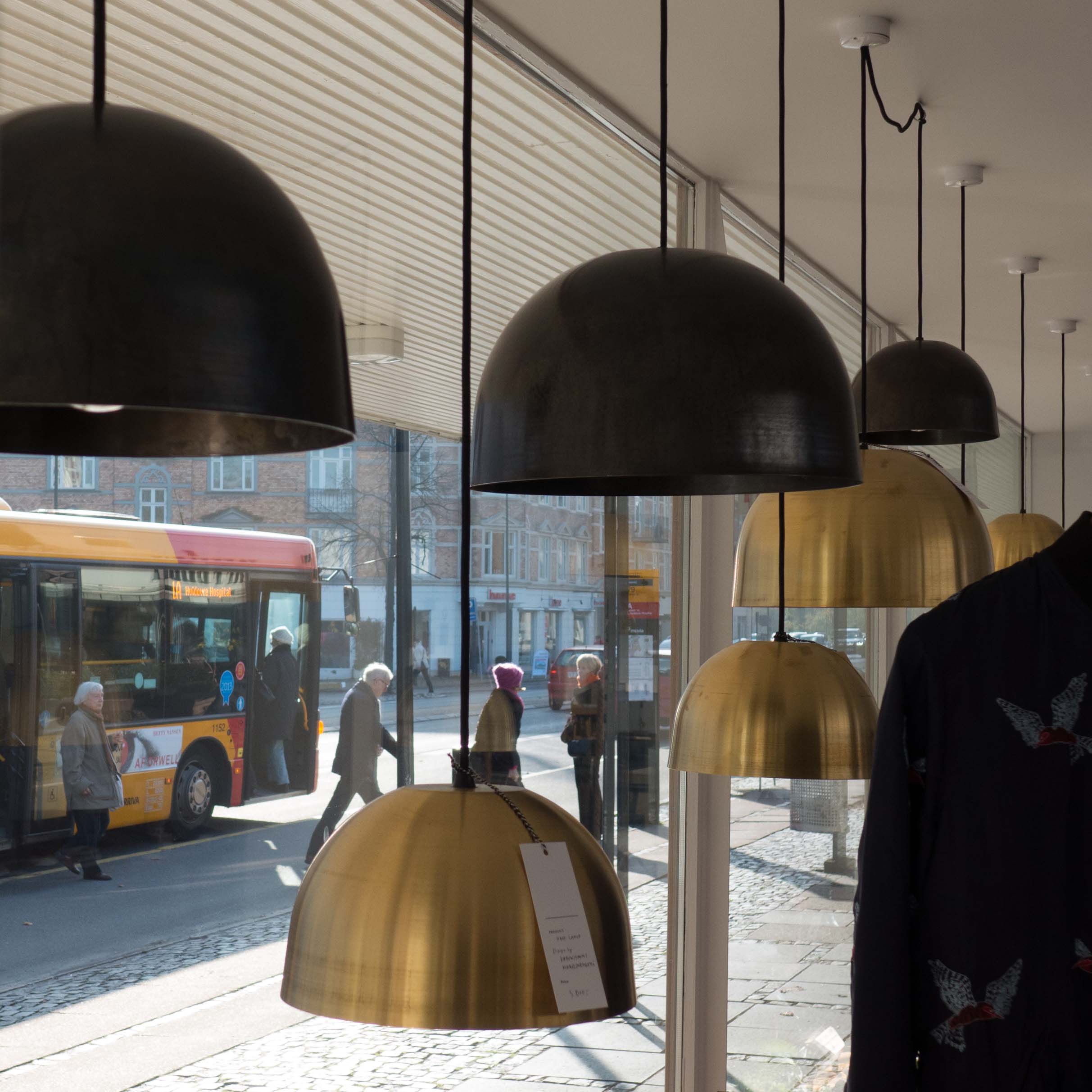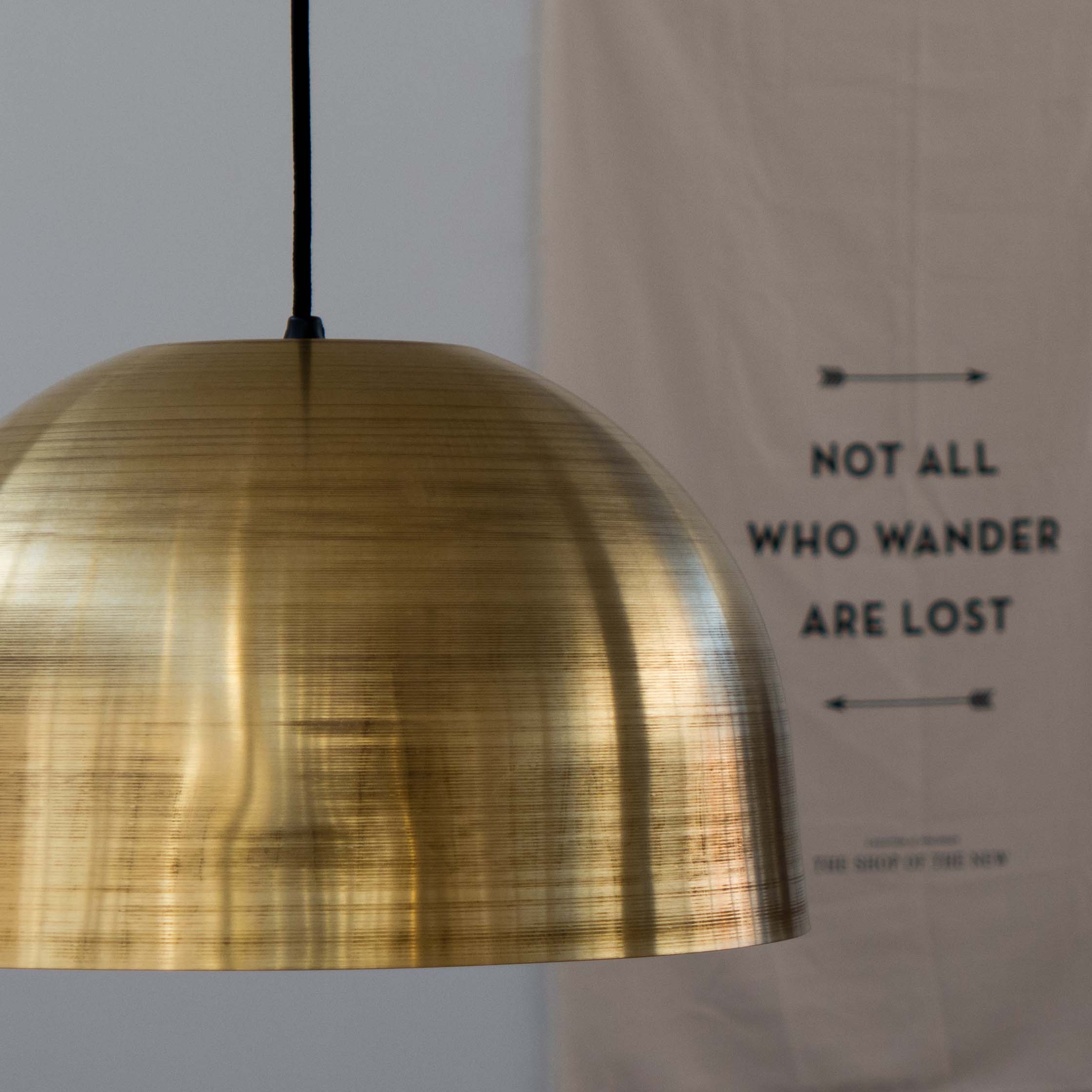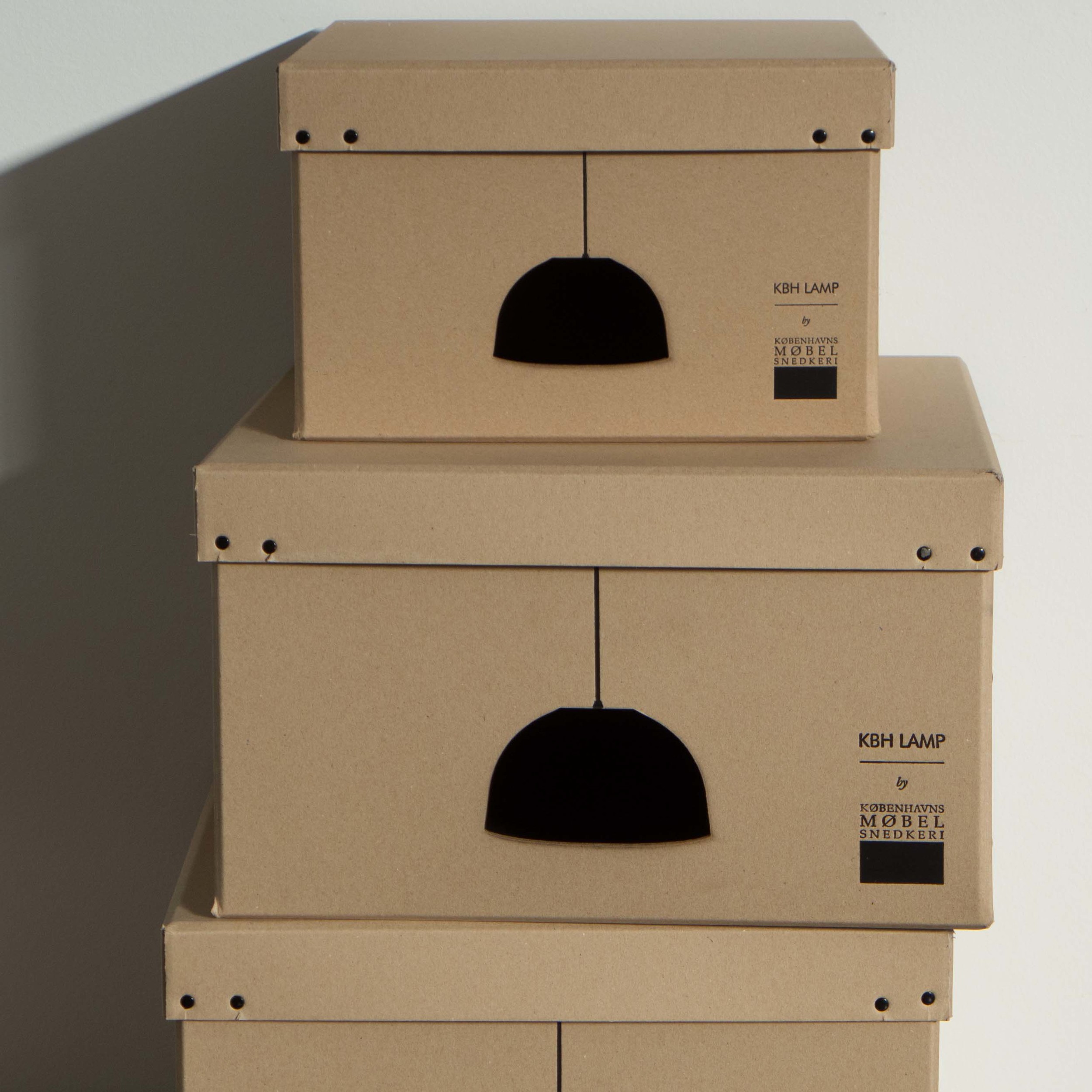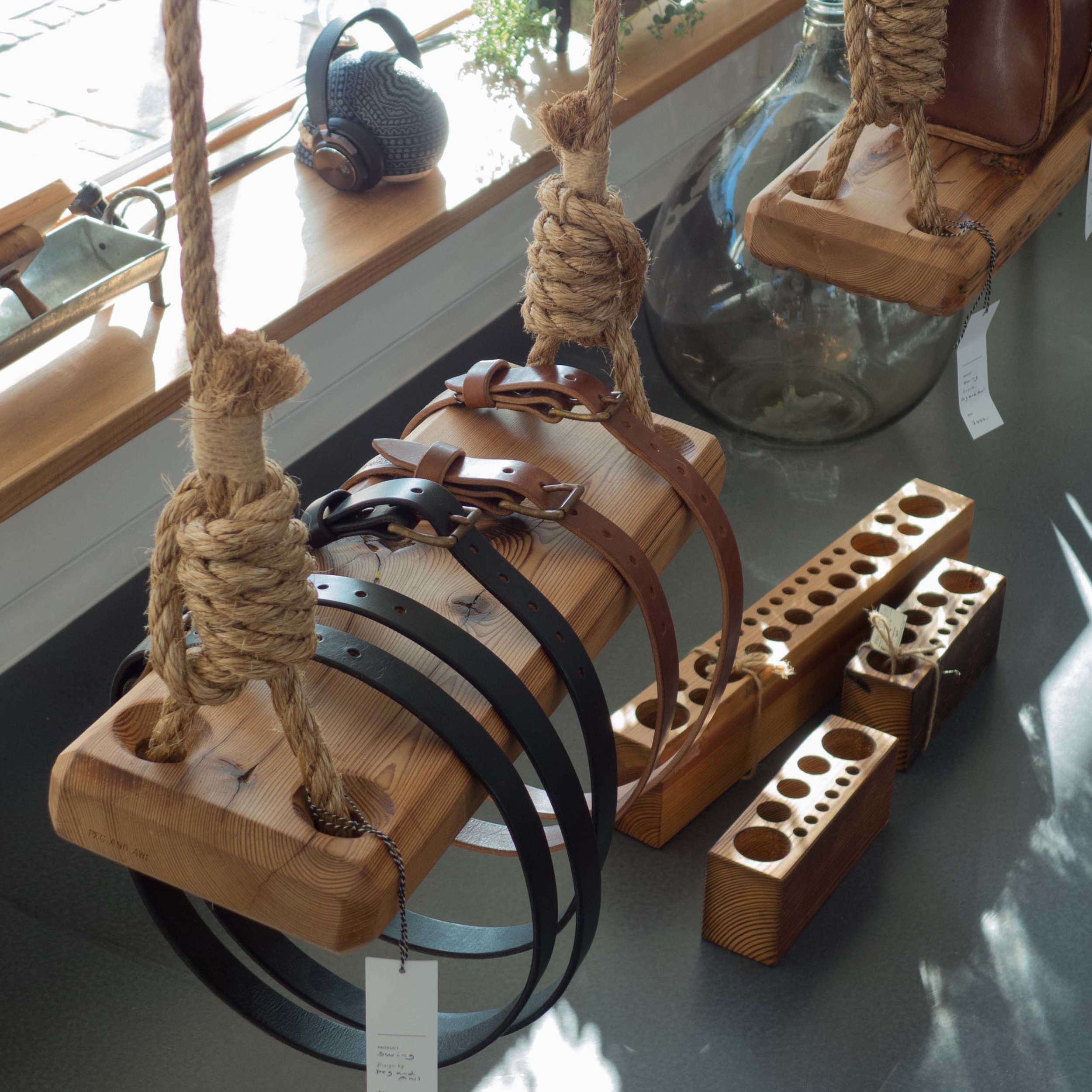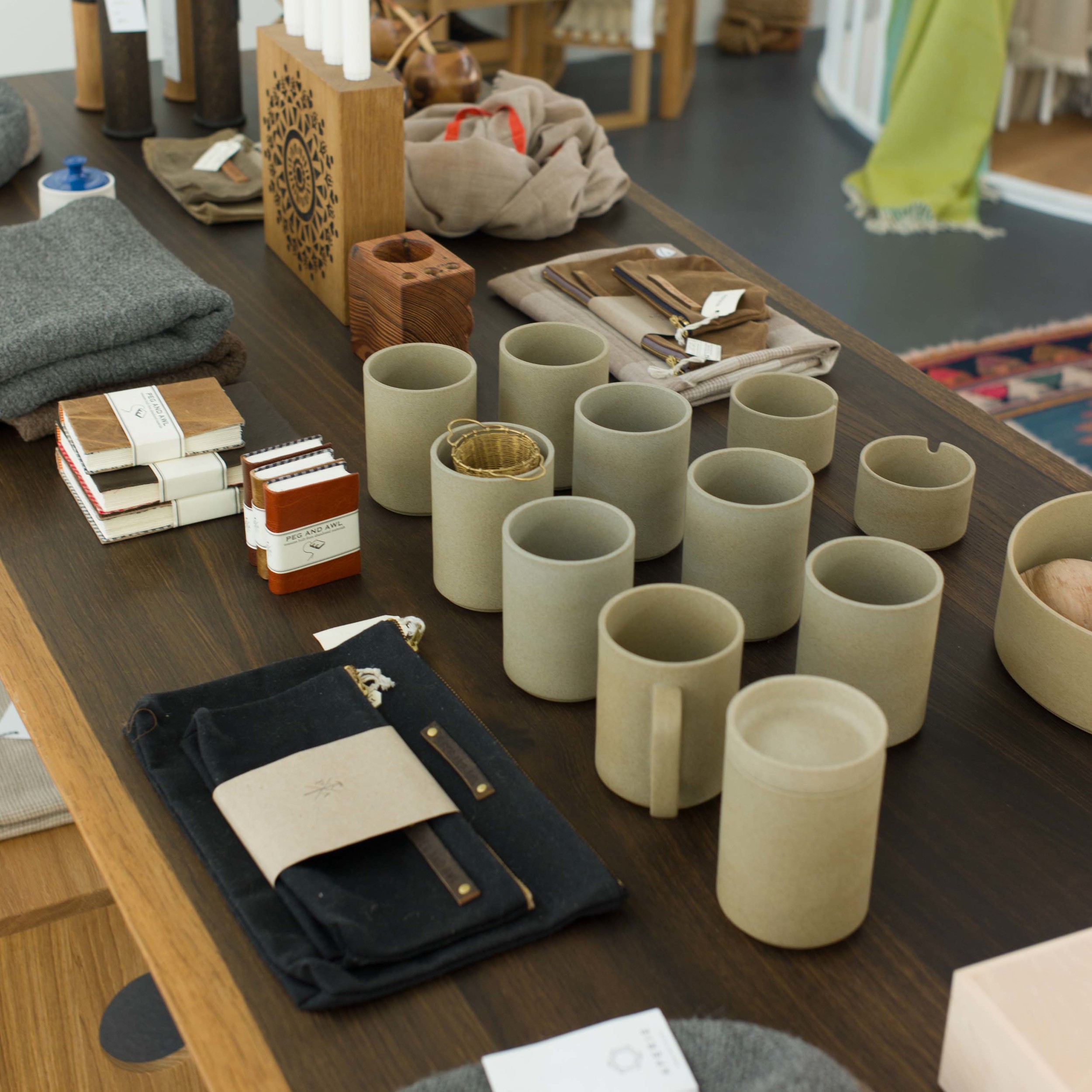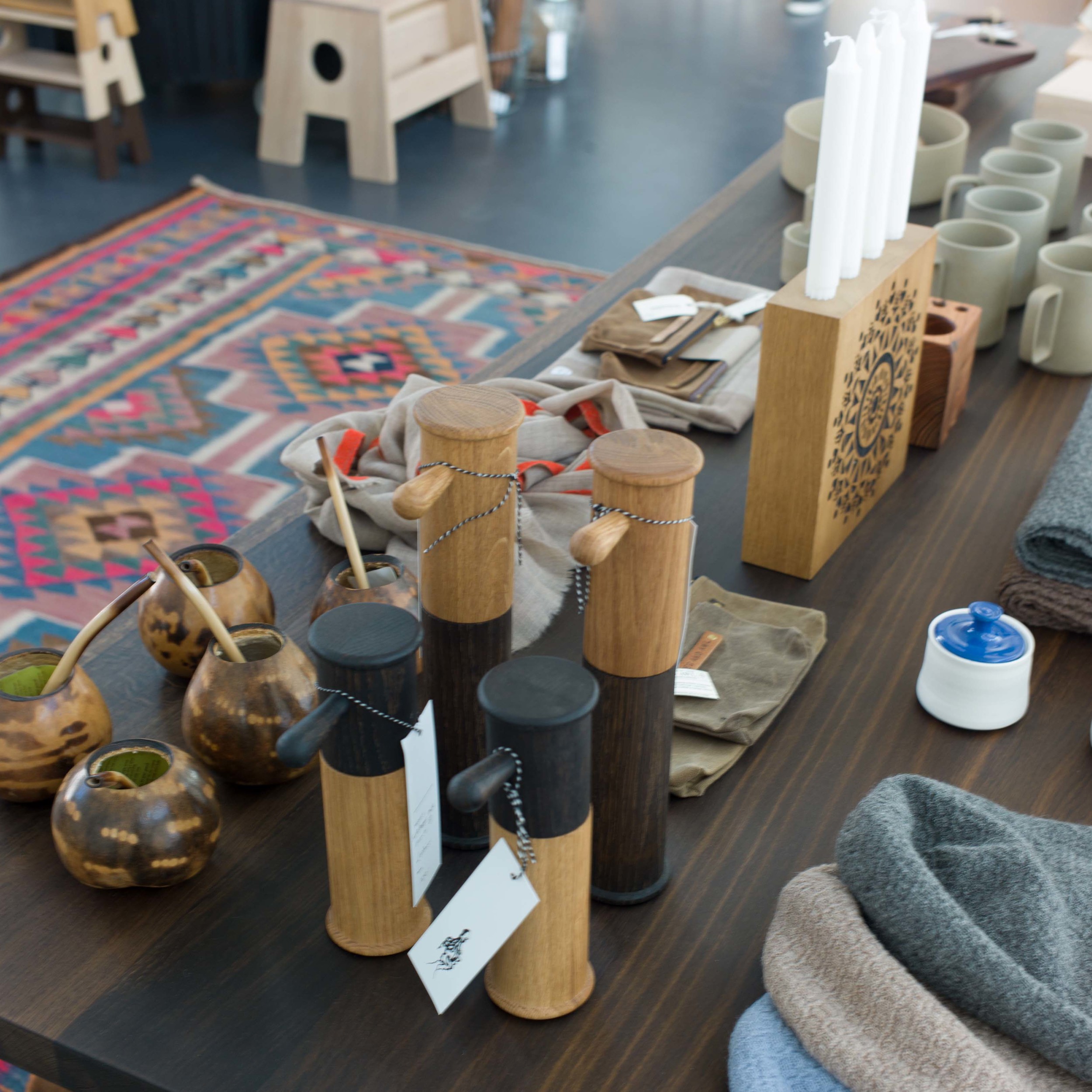northmodern ... WOUD
/Last Thursday, after the first day at northmodern, I posted a piece that was my first impression of the design fair, having just got back home that evening.
There, I said that WOUD stood out immediately because of the huge step change since they exhibited earlier this year at northmodern in January. The company are based in Horsens in Jylland - Jutland - in Denmark and was established, I think, only about 6 months before that by Torben and Mia Koed. It was not that the January show was bad - far from it with some really interesting pieces in their first catalogue for Spring 2015 - but it is now clear that, to use an English phrase, they hit the ground running.
Looking at the WOUD web site you can see that they have chosen to work with a number of young and independent Nordic designers but they are also looking further afield - to Germany and to Canada for instance - for designers and new designs that still fit within a broader, more general, Scandinavian aesthetic.
They seem to be pitching their pieces at the middle of the price range for Danish furniture and, like Muuto, Gubi and Normann, they have selected pieces that work well together and are introducing a wider range of products - so they have already taken that logical Danish step into lighting but have also now started to market rugs and smaller items like wall hooks. Are they chasing that mythical customer who walks into a store and says I want you to furnish my whole apartment? Well what that means, in reality, is that most pieces work together in terms of scale, materials, colours and style details … so for instance the wood legs on several tables, armchairs and sofas angle out slightly rather than being vertical or a number of pieces have thin legs in black that hint at a 1960s style source. In houses or apartments where there is a single large living space for relaxing, entertaining, dining, cooking and even, often now, sitting at a desk working, colours and styles that work together become much more important. Light colours, timber generally in paler tones, and plain-coloured upholstery give the WOUD furniture a light and clean look.
The Peppy sofa and chair were designed by Nikolaj Duve and Kasper Meldgaard of the furniture design studio Says Who in Aarhus. Fabric-covered buttons on the back and using a paler colour for the cushion than for the fully upholstered back gives the pieces a distinctly 60s feel. With a generous width, the chair is very comfortable without becoming too bulky or too dominant for a smaller room.
The drum-like side tables are called Skirt and are by the Finnish designer Mikko Laakkonen whose studio is in Helsinki. He has designed pieces for Marimekko.
The Tripod table by Come Here is from the Danish designer Steffen Juul who has his studio here in Copenhagen. With three legs, this is obviously stable, but it was a simple and clever detail to extend one of the legs up through the top to give it a distinct look and to imply that the piece can be moved easily to where it is needed even if you don’t use the upper part as a carrying handle. It is a bit like a giant cake stand.
Pause dining chairs and table are by the Finnish designer Kasper Nyman. The tables are in oak with linoleum top and the Pause chairs come in black, oak, light blue and green.
In the photographs I have tried to show the quality of the details … how elements are finished off or how they are set at an angle or finished with a chamfer.
Nakki comes in a one-seat or a two-seat version and is by the Finnish designer Mika Tolvanen who graduated from the Royal College of Art in 2001. Upholstery is dropped over plywood arm, rather like a saddle bag, and give the profile a sort of plump and comfortable look.
For me, there were two pieces on the WOUD display that are outstanding.
The first is a cone-shaped light called Annular by Jessica Nakanishi and Jonathan Sabine of M-S-D-S Studio in Toronto who also designed the Ladder Light sold through WOUD. Annular has a simple shade in spun aluminium with the shape and proportions reminiscent of the pendant light by Arne Jacobsen from the 50s from Louis Poulsen called, I think, the Billiard Lamp.
With the Annular pendant, however, there is actually a second, inner, aluminium cone and the LED light is in a ring around the rim in the space between the two cones. Very clever. And it produces a very different light over the table to the normal single bulb found in most pendant lamps.
These thin shelves are called the Stedge Shelf but in German “stab im brett” or rod in the wall and are by the German designer Leonard Aldenhoff who trained as a product designer at the Kunsthochschule in Kassel.
They come with either two or three wood shelves that are 800 mm wide by 220 mm deep but are chamfered down to 4mm on the exposed edges to give an incredibly elegant profile. Each shelf is supported along the wall edge by double ended screws - one end into a smooth pin that goes into a precisely-cut hole in the thick edge of the shelf and the other end a wood screw that goes into a rawlplug in the wall. There is also, on each shelf unit, a single, fine steel wire that runs through metal eyes close to the outer left corner and acts as a stabiliser and spacer.
This is crisp, precise, engineering design and beautifully made. If it was badly made it would not work … the sharp elegant look would be compromised and if a wood screw had been driven into the shelf, rather than the pin in a well-cut hole, then the grain would be forced apart and the wood might split when the shelf was loaded with any weight.
Look at the web site by Leonard Aldenhoff to see in well-laid out graphics how the shelf was designed and made.
Northmodern was packed with amazing design but if I had to choose just one piece then, for me, this would be the best new design for furniture of this show.
WOUD now sends out a pack with its furniture when it is delivered that includes care instructions and background information about the company and the designer.
This is a good idea because, generally now, as more and more people purchase furniture on line, it can mean that customers miss important information that before was provided by well-trained in-store staff. Information, sent out with the delivery, should head off some potential problems … so for instance complaints about wear or whatever when actually the customer was using the product in a wrong way … and, hopefully, for a new company like WOUD, it also helps build brand loyalty through a sense of connection.



